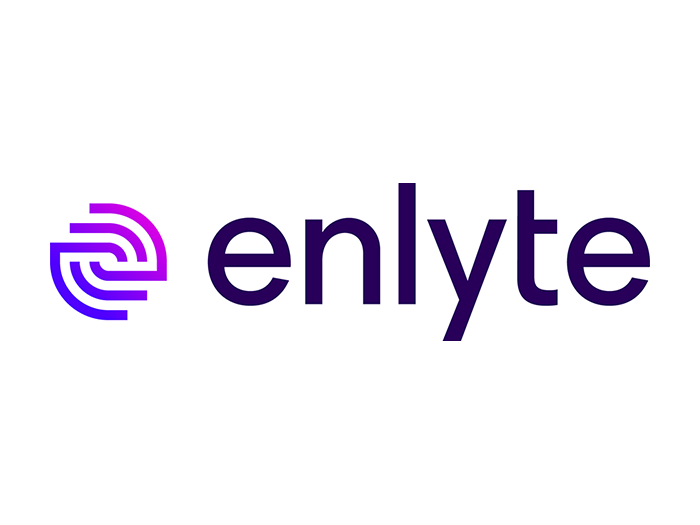Rates for Construction Project Insurance Are Stabilizing Despite Cost Pressures

Rates for insurance covering construction projects are showing signs of stabilization after a prolonged hard market cycle, according to a recent report on Q1 trends by WTW.
However, the industry will continue to confront rate pressures due to inflation and interest rate uncertainty, exacerbated by a record year of natural catastrophe losses in 2023 and rising claims costs.
Globally, insured losses from natural catastrophes exceeded $100 billion, with total economic losses in excess of $350 billion, WTW noted.
“As a result, underwriting scrutiny, increases in pricing and limited capacity in Nat CAT-exposed areas, with special attention on secondary perils such as convective storms, wildfires, droughts, and floods, will continue,” the report said.
In terms of claims costs, insurer profitability in the construction sector may be restrained by key cost factors such as rising health care, construction materials, workforce and litigation expenses.
In general, WTW forecasts moderate insurance rate increases in 2024, with flat to slight discounts for “best in case” construction risks.
The construction industry is poised for growth in 2024, led by large-scale government spending and private investment in infrastructure, such as roads, airports, urban mobility projects and more. Other drivers of construction activity include the energy sector (renewable energy projects), tech manufacturing (semiconductor chip plants, EV battery plants and data centers) and health care (hospitals).
Insurance Outlook
Insurance for construction projects remains readily available globally for most commercial lines, except for project-specific professional liability and Inherit Defect Insurance (IDI), according to the report. In these areas, there is a scarcity of lead insurers in some regions, resulting in continued rate increases and higher deductibles for most projects.
The primary layers of excess/umbrella, general liability (GL), and auto insurance in the U.S. also face challenges, but new capacity is entering the market, and insurers are expanding, leading to more favorable rate results at higher excess layers.
Workers’ compensation remains the most predictable, consistent, and secure line of business, outperforming other major lines in the property and casualty insurance space, WTW said.
Underwriting flexibility is influenced by familiarity with the risk, with insurers prioritizing the retention of risks with favorable loss experiences and long-term relationships, particularly for annual programs. New entrants in the Builders Risk/Contractors’ All Risks market are offering attractive terms and conditions, which may lead to oversubscription for the most desirable projects and clients, WTW noted.
Managing General Agents (MGAs) with solid security ratings are also offering significant capacity for placements, proving successful in sustaining growth and establishing themselves in the construction sector.
Meanwhile, the industry is also witnessing a trend of increased interest in alternative risk solutions, such as parametric covers, which offer a different way to structure protection for projects.
Training and Technology
Despite growth and insurance trends, the construction industry is still dealing with challenges such as shortages of skilled labor and competition for talent.
Contractors are investing in training and development to ensure employees have the knowledge and techniques to deliver defect-free projects safely and on time. Contractors are also investing in innovative technology.
“Though the construction industry has typically been a slow adapter, there is increased interest and investment in technology to bridge labor shortage gaps, realize operational efficiencies and capture data in a more meaningful way,” the report observed.
“The larger and more sophisticated contractors are investing in technology to mitigate loss and they are relying on data analytics and key performance indicators to better drive performance outcomes and create a more favorable risk profile.”
WTW said it expects to see wider use of drones, wearables and robotics, as well as AI and robotics.
The full report can is available on WTW’s website. &










